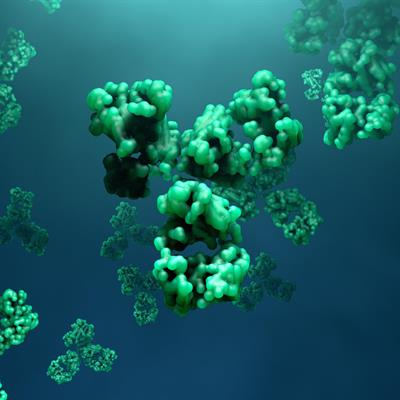November 2, 2022 -- The blood-tumor barrier is a major obstacle for the delivery of anticancer drugs to brain tumors. However, scientists at Toronto's Hospital for Sick Children contend that they have identified a way to reduce the impact of this obstacle for treating medulloblastoma, the most common malignant pediatric brain tumor.
In a paper published November 1 in the journal Neuron, researchers lay out a rethinking of the mechanics of the blood-tumor barrier, which serves as an impediment preventing effective delivery of chemotherapy to brain tumor cells.
"Despite decades of research on brain cancer, the mechanisms that govern the formation and function of the blood-tumor barrier have remained poorly understood," Xi Huang, PhD, who led the team of researchers and is a senior scientist in the Developmental & Stem Cell Biology program at The Hospital for Sick Children, said in a statement. "Our discoveries represent a breakthrough in the understanding of how the blood-tumor barrier forms and works."
Although scientists have long thought that specialized glial cells -- called astrocytes -- make up the blood-tumor barrier, Huang and his research team discovered that this barrier in medulloblastoma is a fundamentally new structure formed by the tumor cells themselves. What they found specifically was that medulloblastoma tumor cells rely on the ion channel Piezo2, a protein that plays a critical role in cellular signaling, to help construct the blood-tumor barrier.
To demonstrate that mechanism, the researchers genetically silenced Piezo2 in mice that resulted in the inability of medulloblastoma tumor cells to form the blood-tumor barrier. Once this barrier was removed, they found that etoposide -- a common chemotherapy medication -- was able to more effectively cross the blood-tumor barrier and treat medulloblastoma tumor cells. Further, after silencing Piezo2, they discovered that the tumor cells were significantly more sensitive to etoposide.
Piezo2 governs WNT/β-catenin signaling in tumor and endothelial cells in the blood-tumor barrier, according to the paper's authors. While mechanosensitive tumor cells construct the blood-tumor barrier to mask tumor chemosensitivity, they conclude that the Piezo2 knockout disrupts the barrier and tumor quiescence to elevate chemosensitivity.
"Two major obstacles in brain cancer treatment are the blood-tumor barrier and a unique population of tumor cells that are intrinsically insensitive to chemotherapy. We found that knocking out Piezo2 addresses both obstacles that can underlie therapy failures in patients," said Huang, who made the case that their research "may not only inform potential new ways to deliver effective therapies for pediatric brain cancer, but also inspire renewed investigation into the blood-tumor barrier in other primary and metastatic brain tumors."
Copyright © 2022 scienceboard.net








